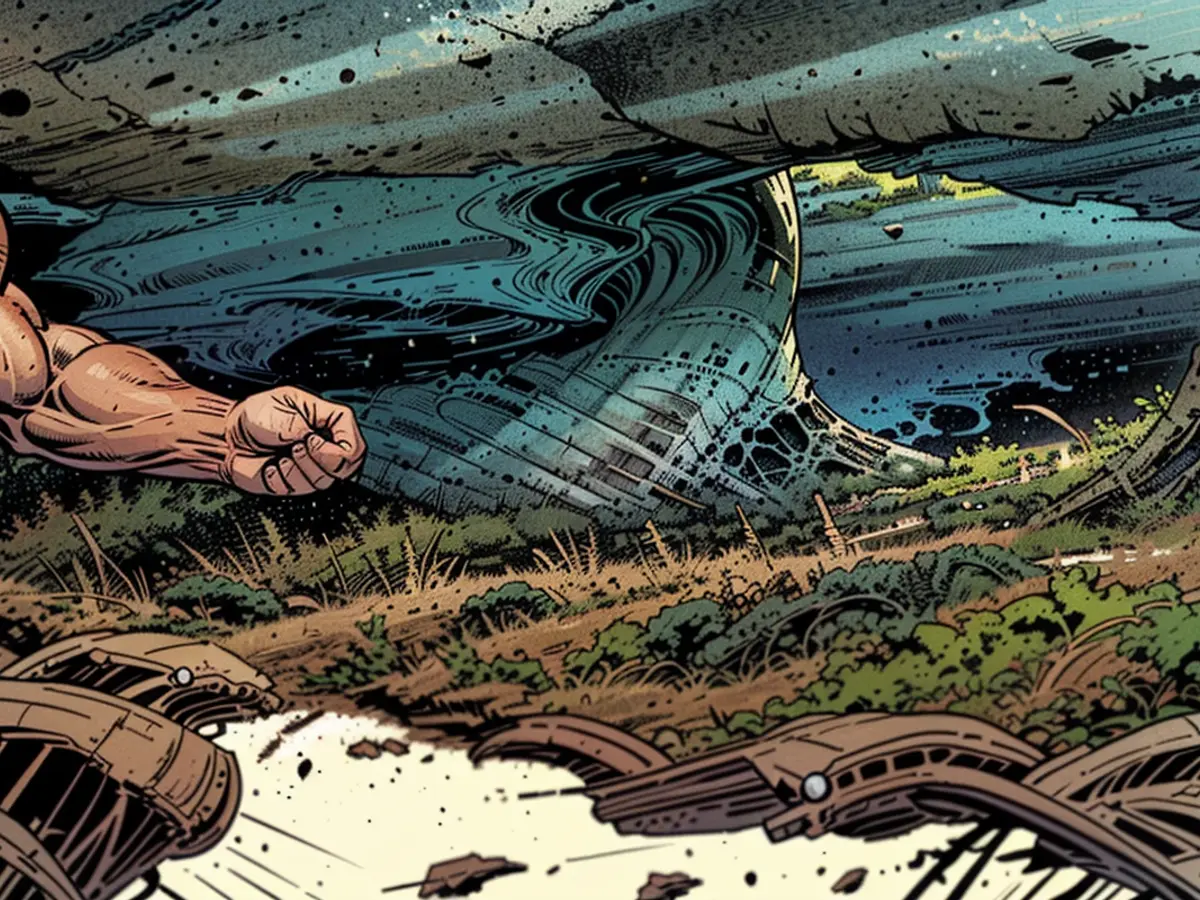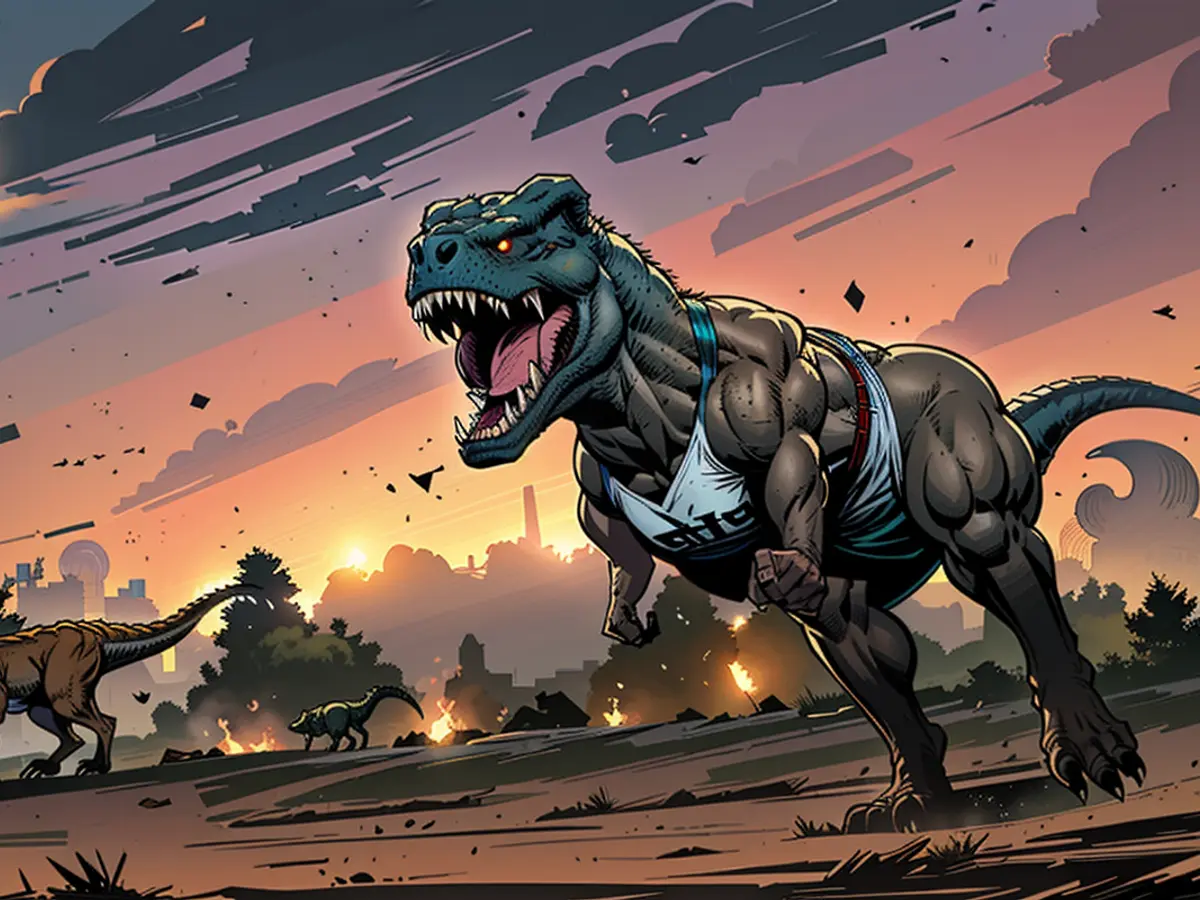Where did the asteroid that wiped out the dinosaurs come from?
Sixty-six million years ago, an asteroid became the dinosaur-killer. Its impact in today's Mexico likely caused about 60 percent of species to go extinct. Traces of it are still scattered across the Earth. Researchers are now trying to find out where this rock came from using these traces.
The end of the dinosaurs came abruptly: Sixty-six million years ago, a massive asteroid impact is believed to have caused the extinction of these giants. However, it was unknown where this rock came from in the solar system. A research team led by Mario Fischer-Gödde from the University of Cologne has been dealing with this question and now presents a theory about its origin.
The Earth has experienced several mass extinctions, the last of which wiped out the dinosaurs. About 60 percent of the species living at that time died out, including almost all dinosaurs. Only birds, which also belong to the dinosaurs, survived. This event marked the end of the Cretaceous period and the beginning of the Paleogene.
A massive asteroid that struck in today's Gulf of Mexico is considered the main cause of this mass extinction. The resulting impact crater, called the Chicxulub crater, is located on the Yucatan Peninsula. The asteroid itself is therefore called the Chicxulub impactor.
Thin layer shows trace of devastation
Little remained of the asteroid - its remains were probably scattered across the entire Earth. A thin rock layer from that time provides clues. This layer, which marks the boundary between the Cretaceous and Paleogene, is called the Cretaceous-Paleogene boundary (K/P boundary).
This boundary layer contains high proportions of platinum group elements such as iridium, ruthenium, osmium, rhodium, platinum, and palladium. These elements are rare on Earth but common in meteorites. Although massive volcanic eruptions have also been discussed as a source of these elements, the specific mix in the rock suggests that the origin was an asteroid.
However, little was known about how the dinosaur-killer was composed and where it came from. To find this out, the team led by Mario Fischer-Gödde analyzed the distribution of ruthenium isotopes in three samples of the impact rock layer from Denmark, Italy, and Spain. They published their results in the journal "Science".
Formed "beyond the asteroid belt"
The researchers compared the composition of these samples with material from five known impact craters that formed 36 to 470 million years ago. They also examined two carbonaceous meteorites and 3.5 to 3.2 billion-year-old debris layers from an early meteorite bombardment of the young Earth.
The result: The impact craters could have come from silicon-rich asteroids from the inner solar system. However, the old layers point to carbonaceous rocks from the outer solar system - similar to the boundary layer at the time of the dinosaur extinction. "Our data suggest that the Chicxulub impactor was a carbonaceous asteroid that formed beyond the asteroid belt," the authors of the study conclude.
The thin rock layer from the Cretaceous-Paleogene boundary, rich in platinum group elements, suggested an asteroid origin for the dinosaur-killer. However, the composition and origin of this asteroid remained a mystery. Through their analysis of ruthenium isotopes in impact rock samples from Denmark, Italy, and Spain, the research team discovered that the dinosaur-killer was likely a carbonaceous asteroid that formed beyond the asteroid belt.








